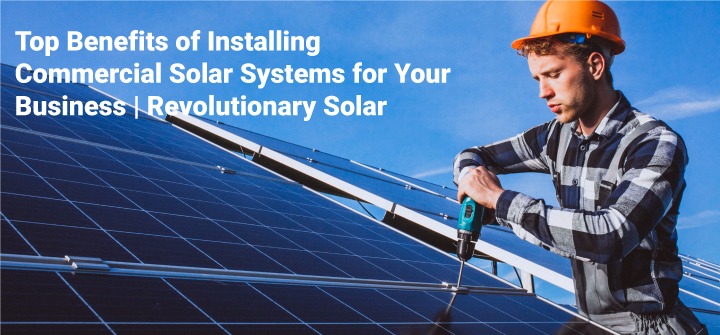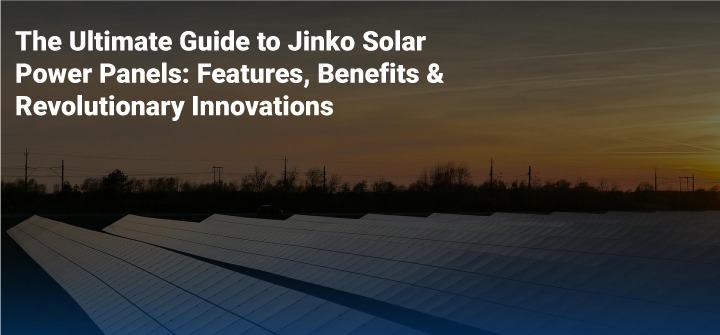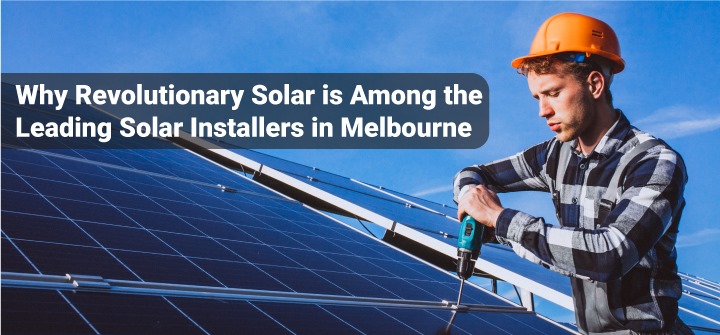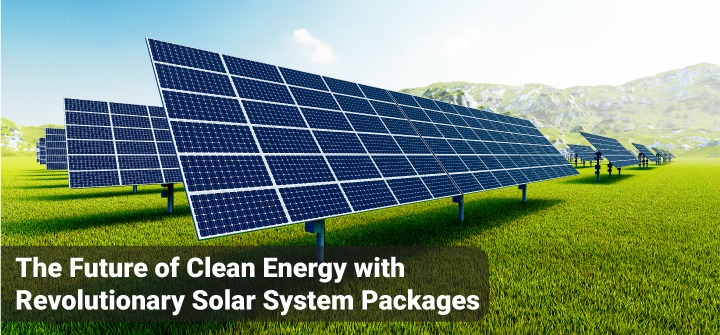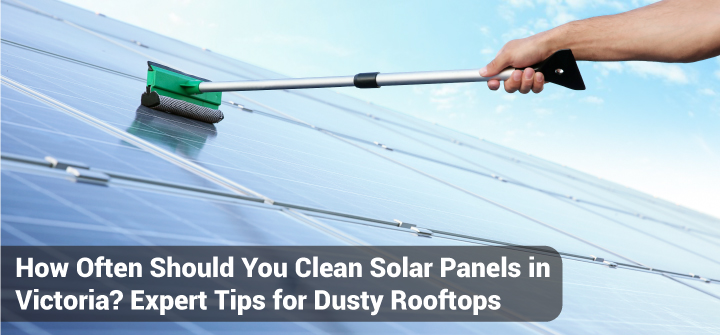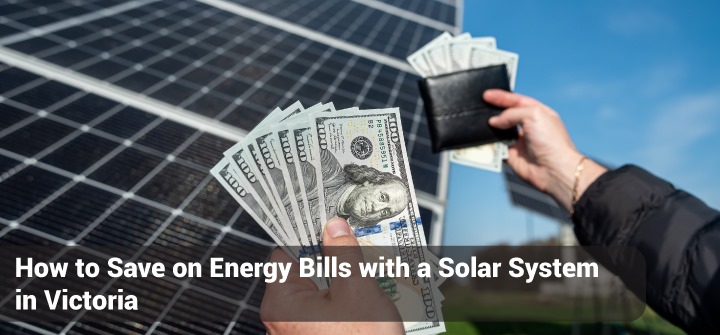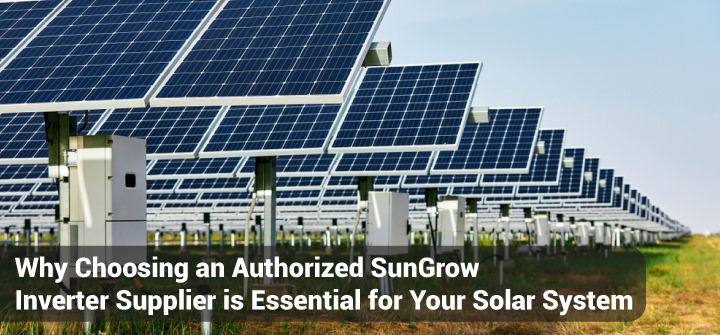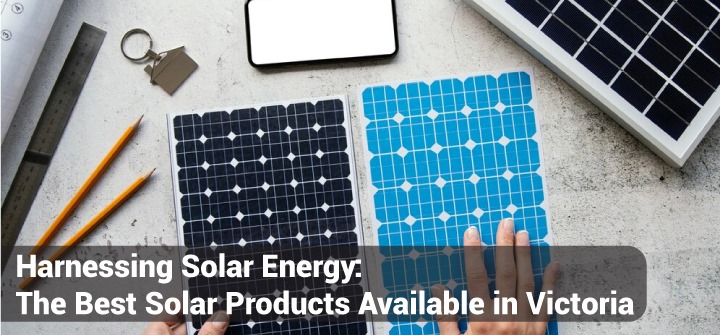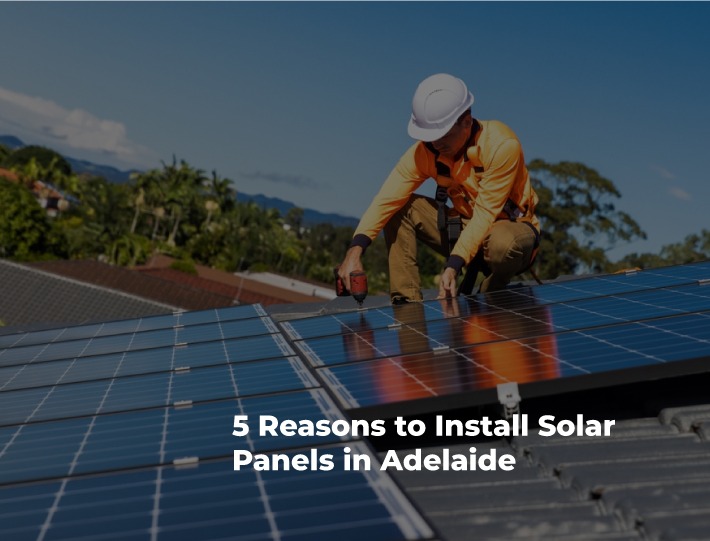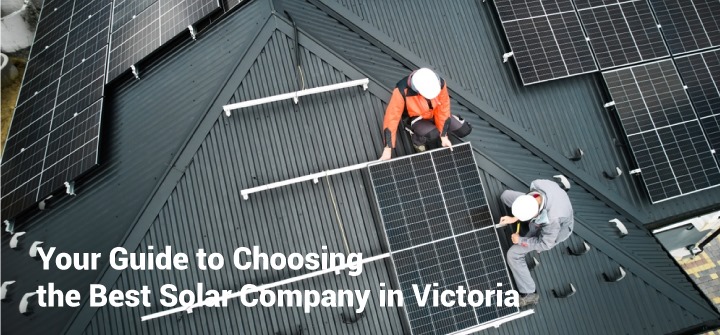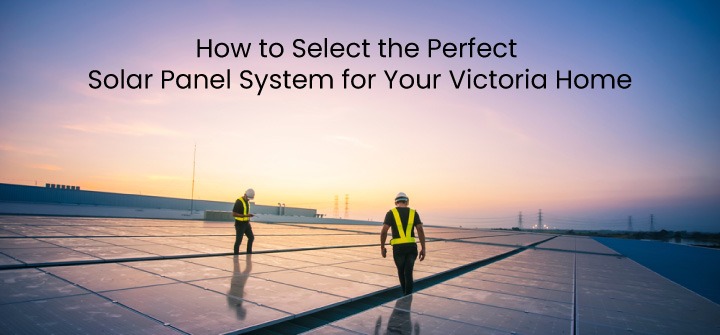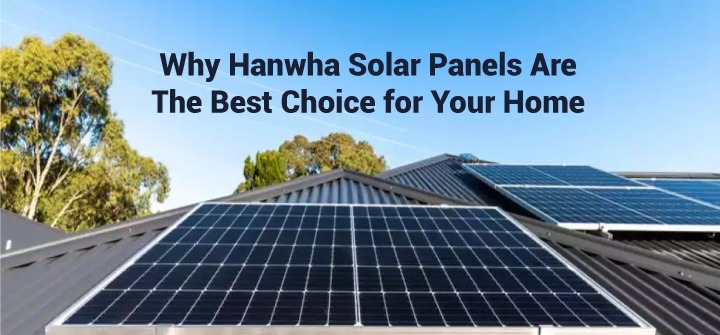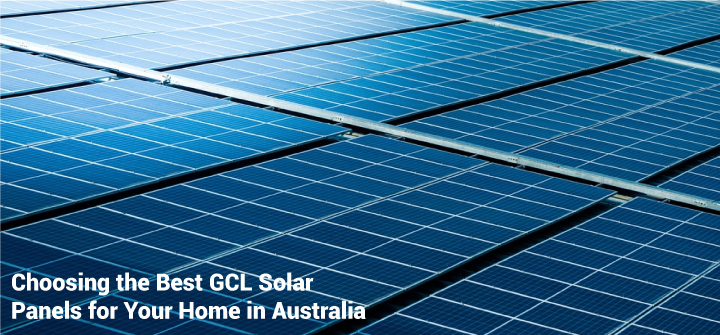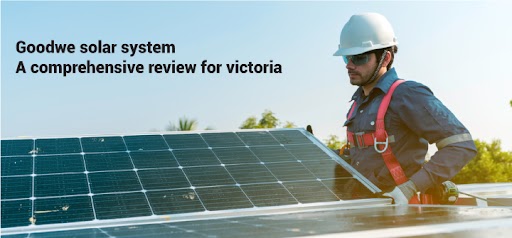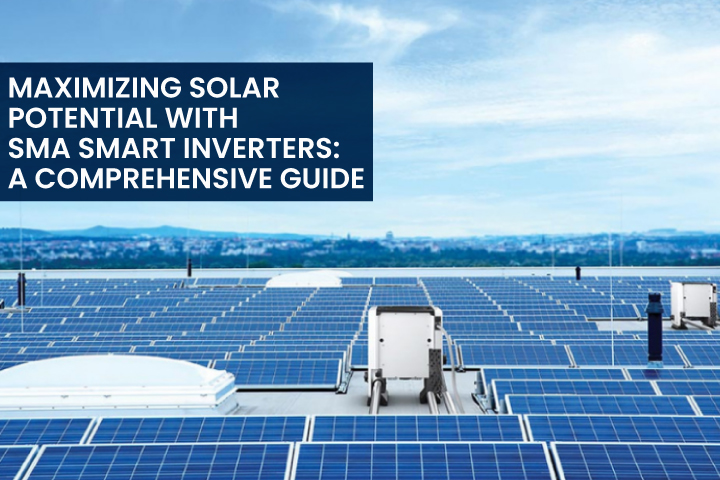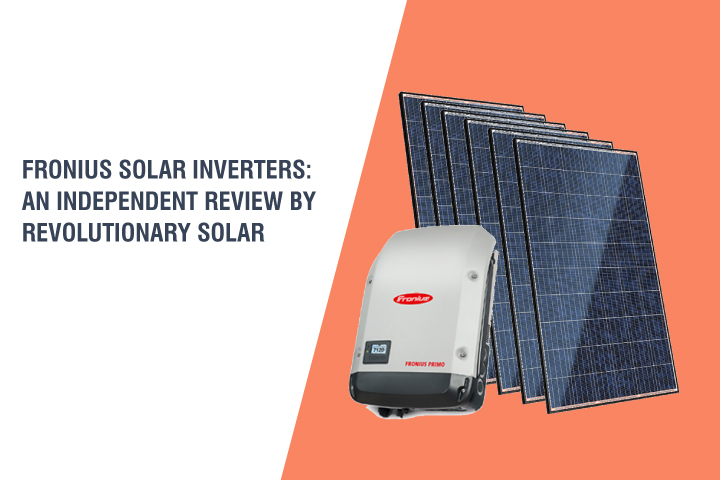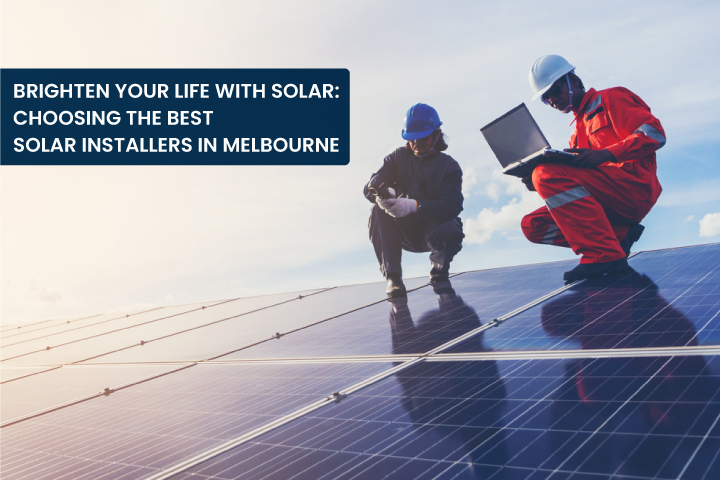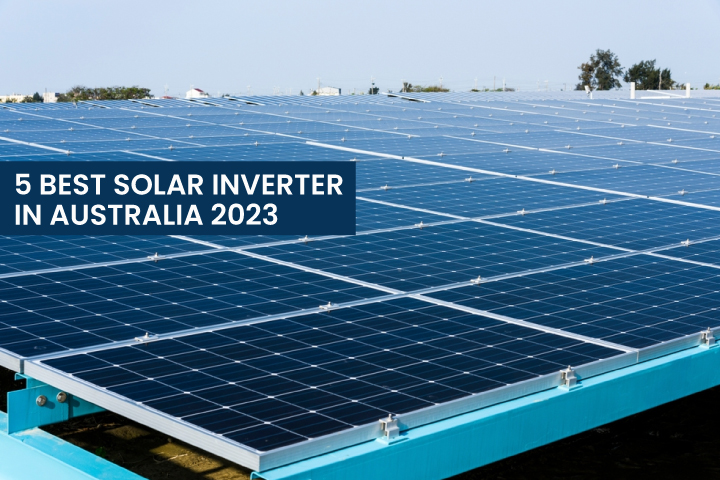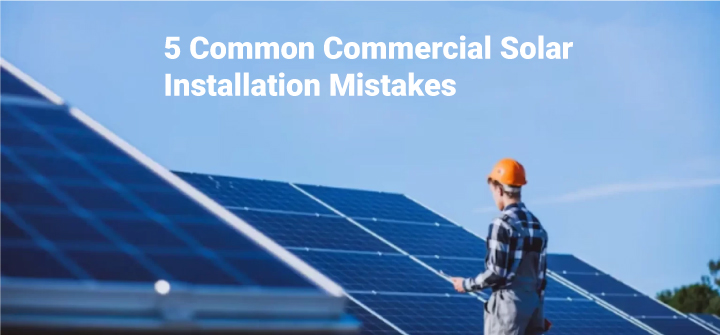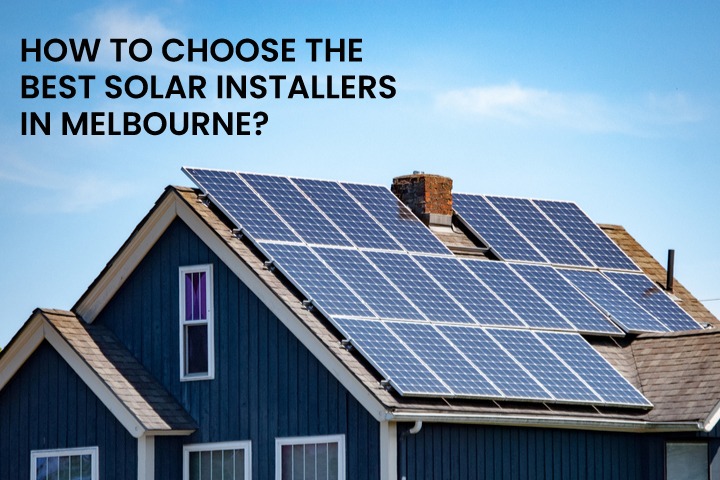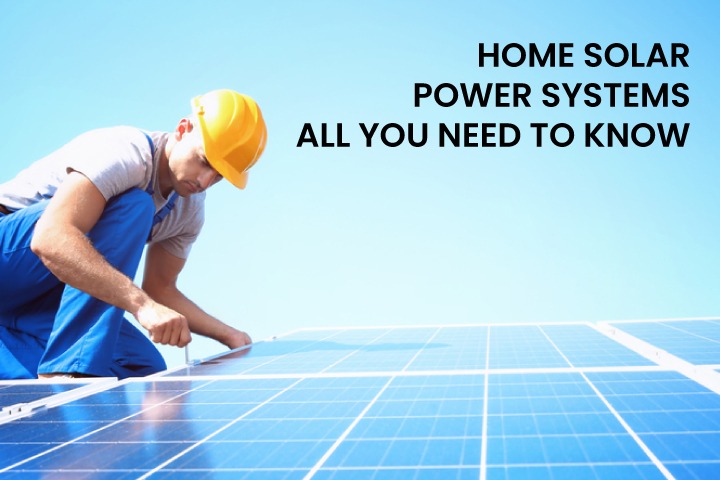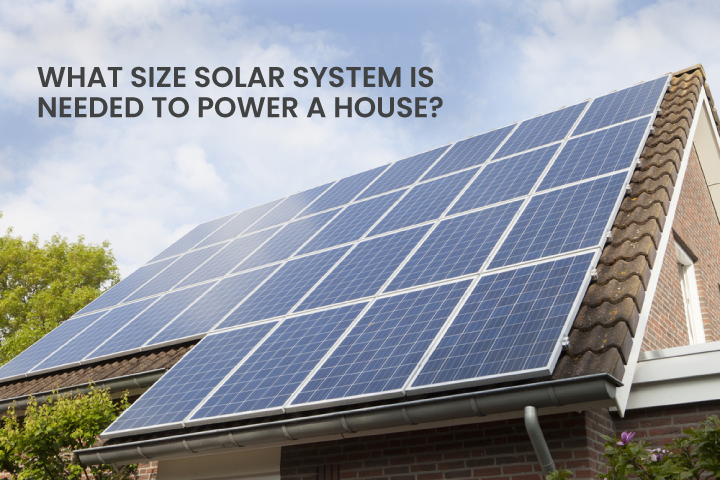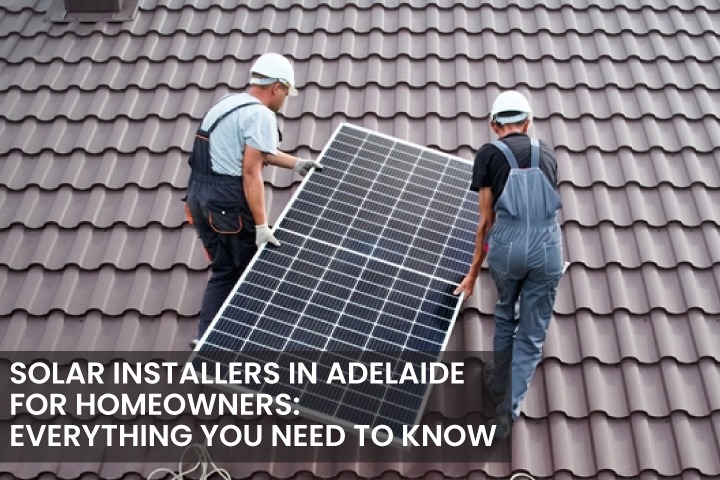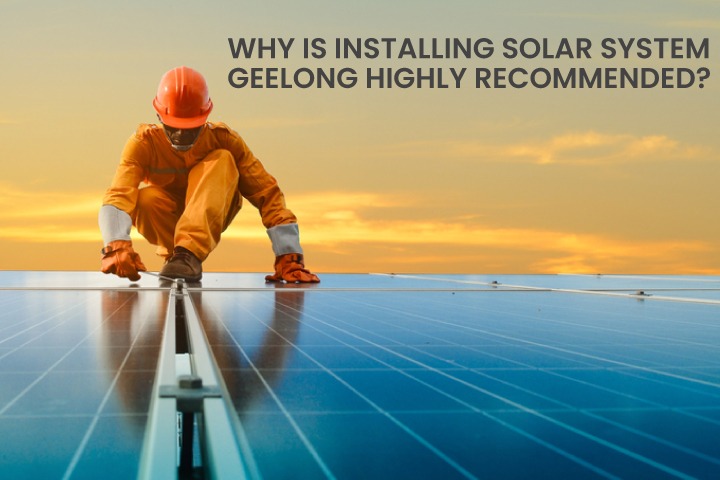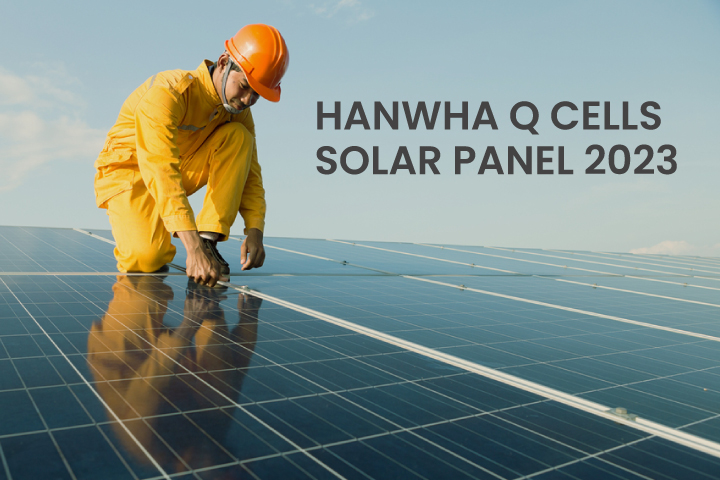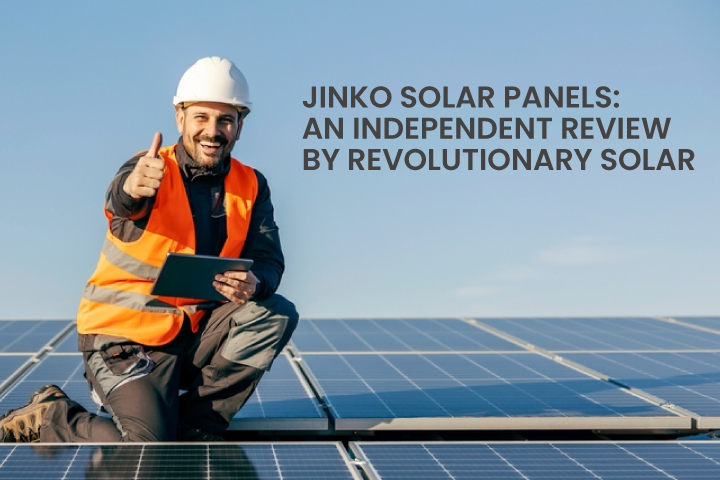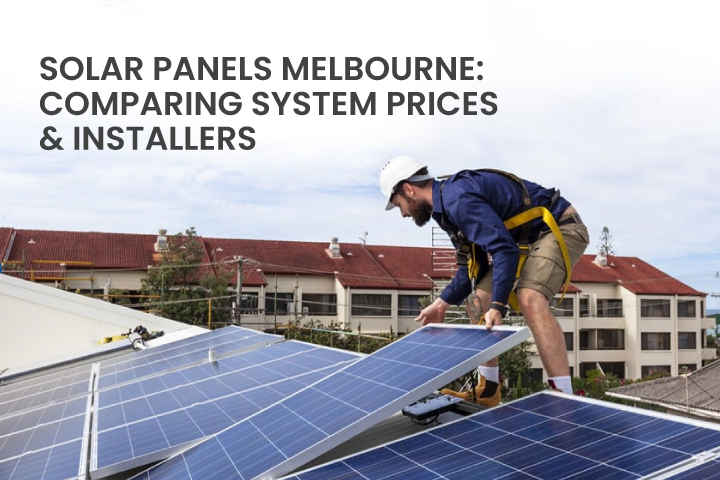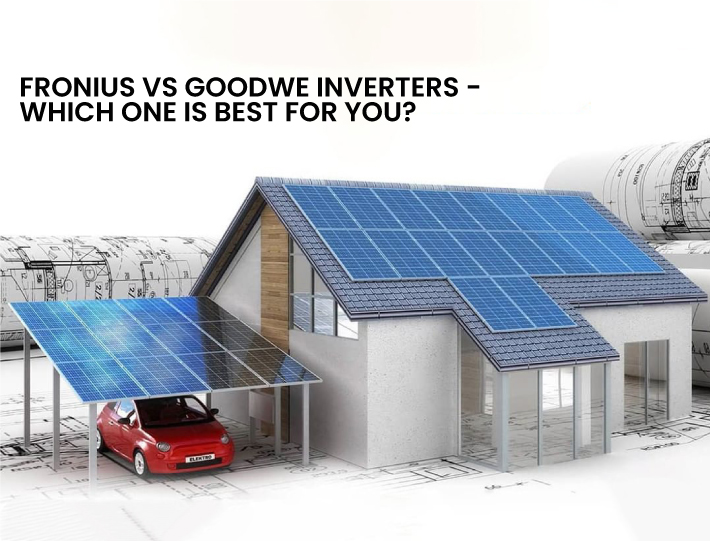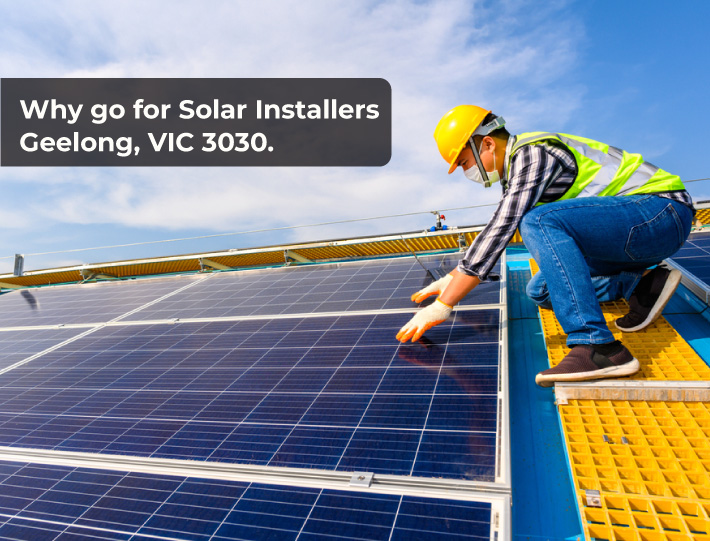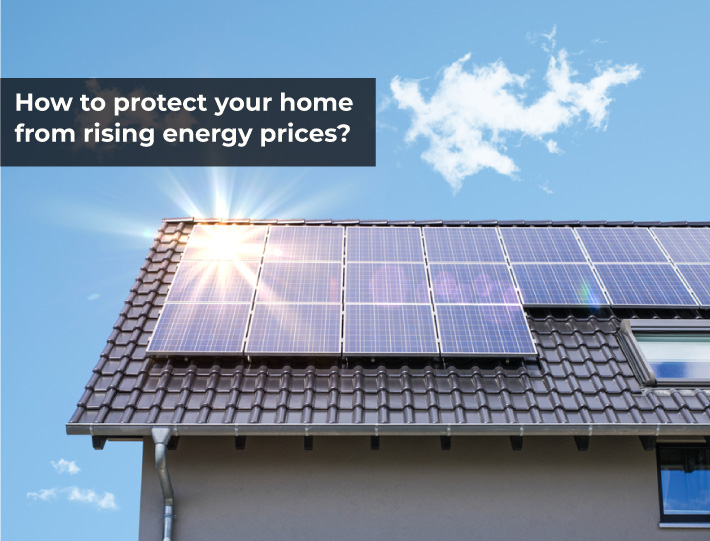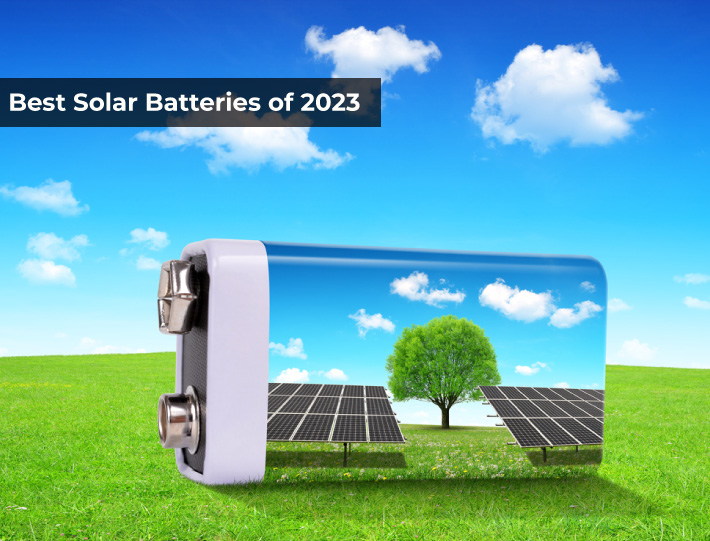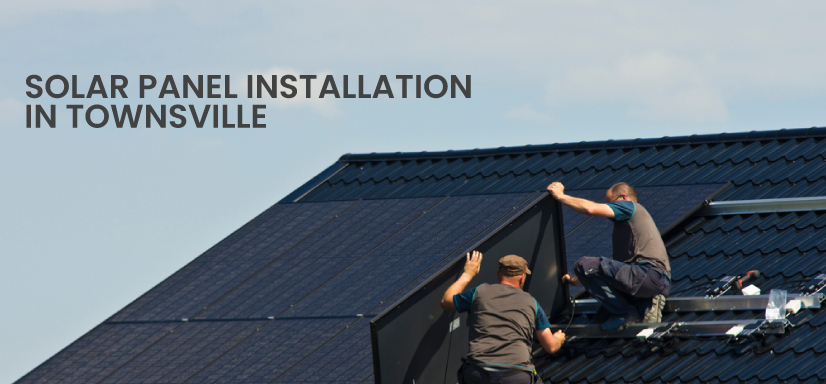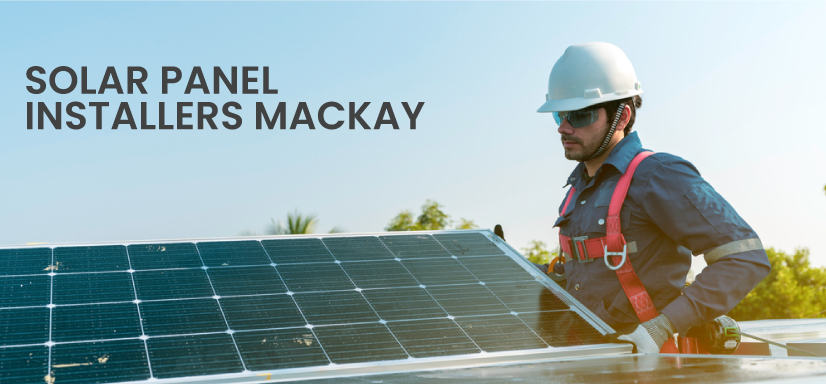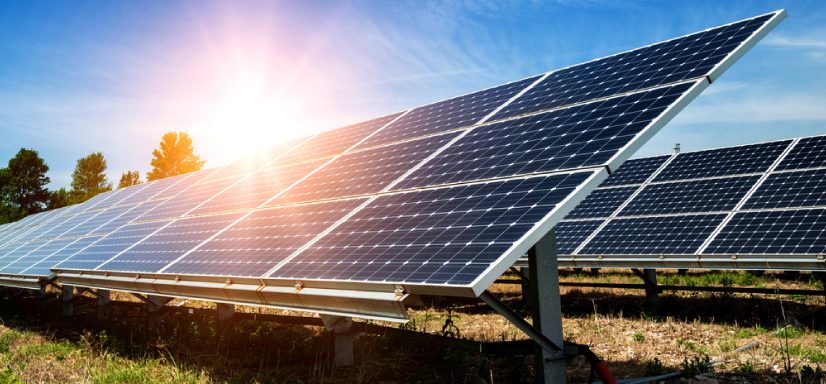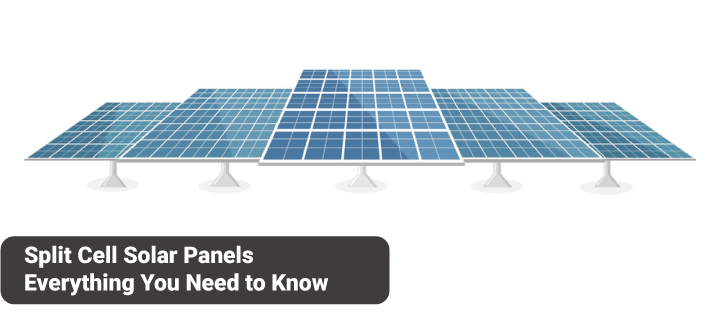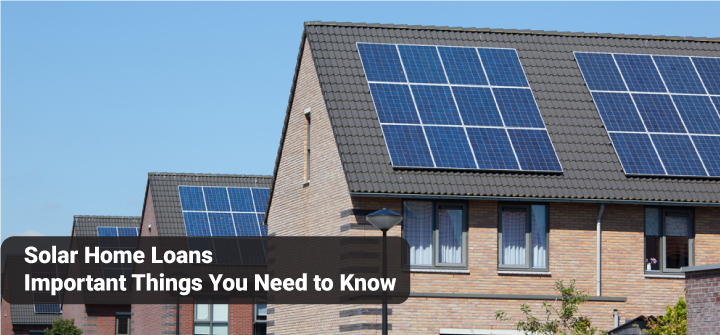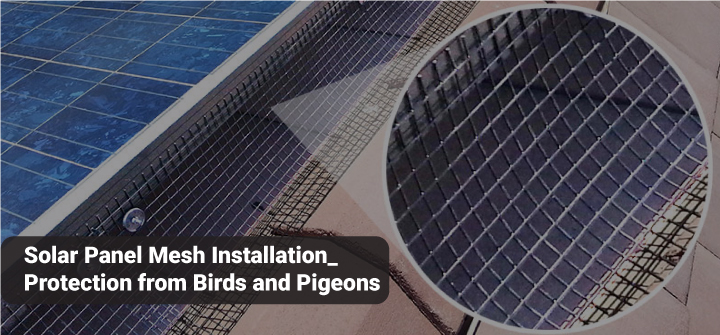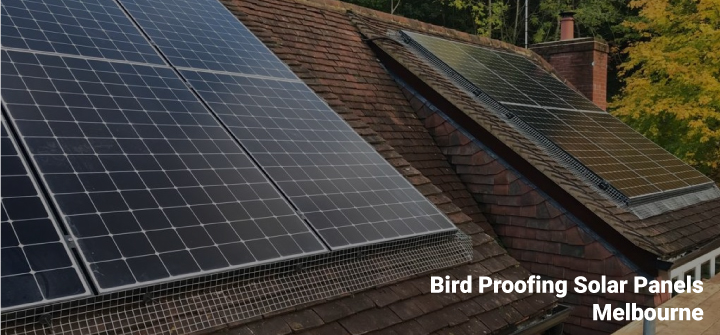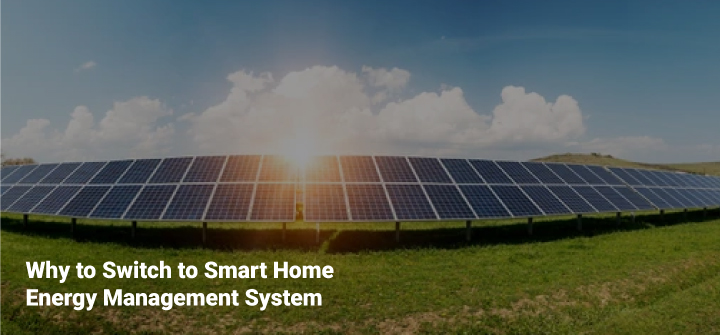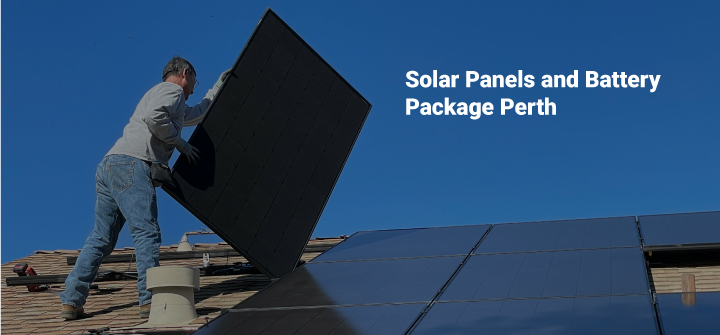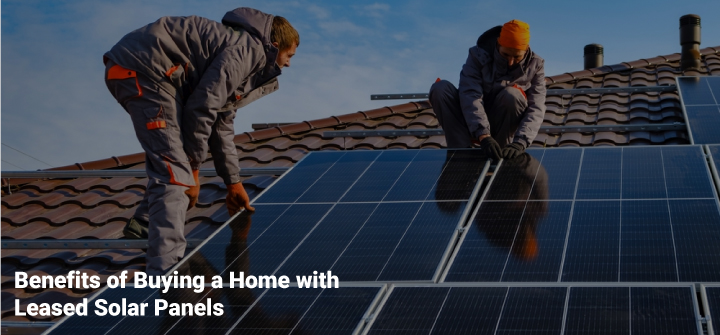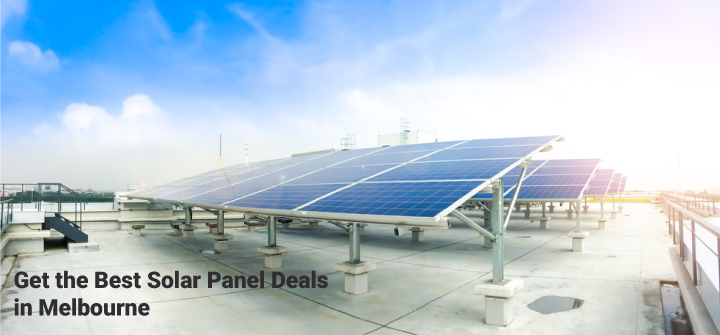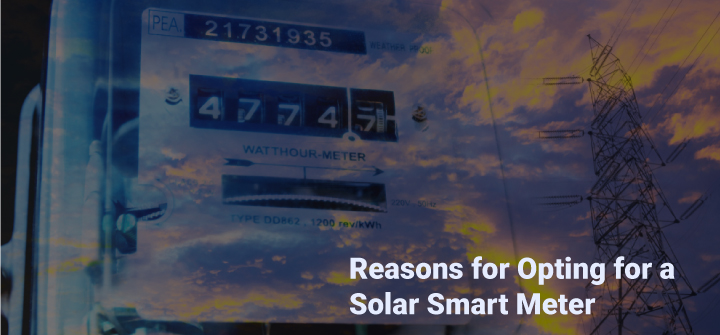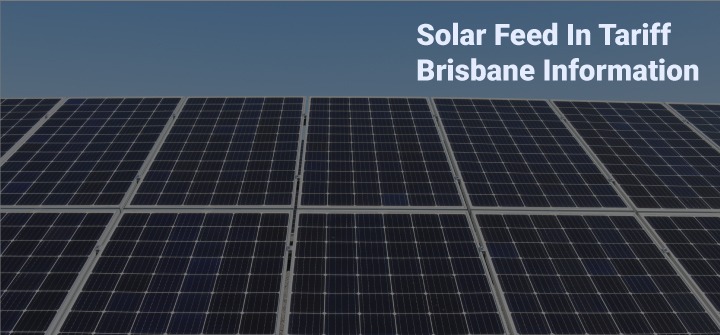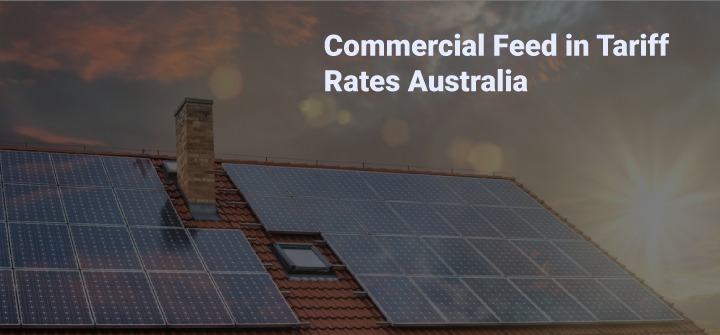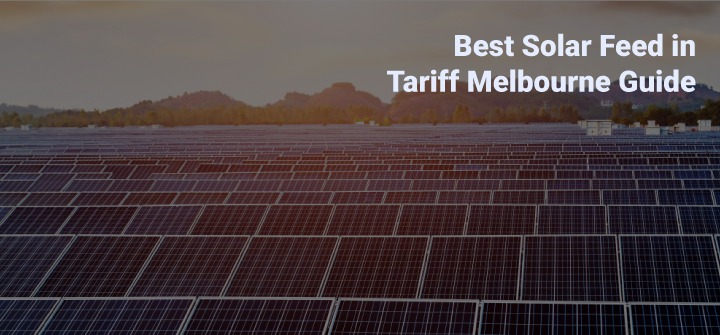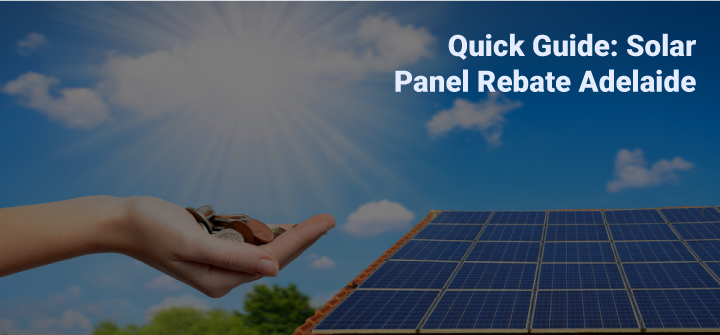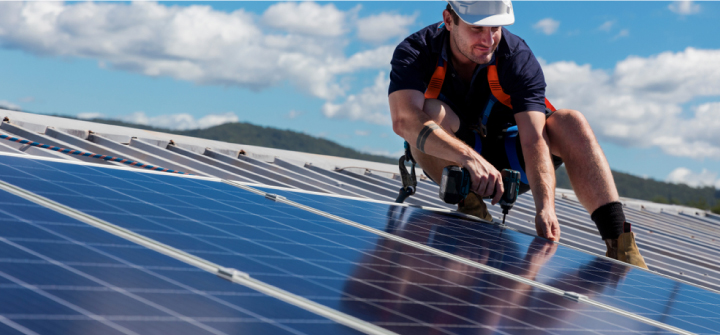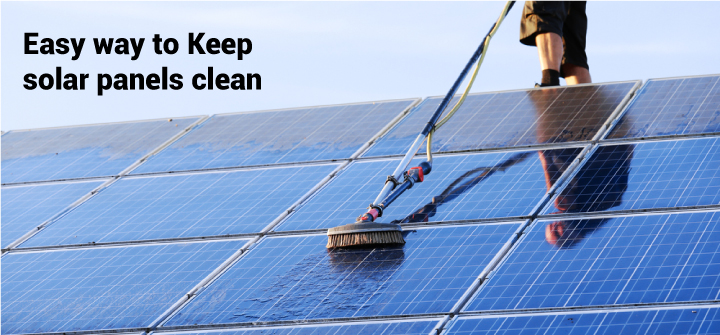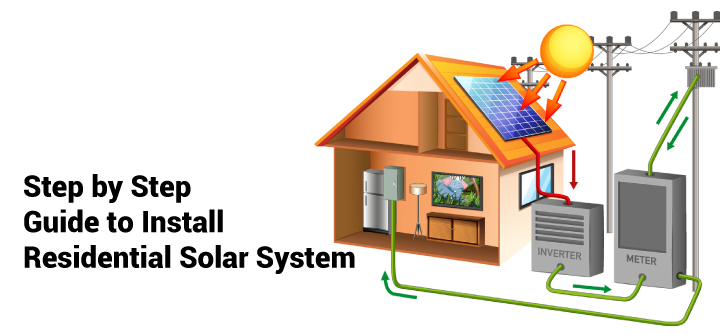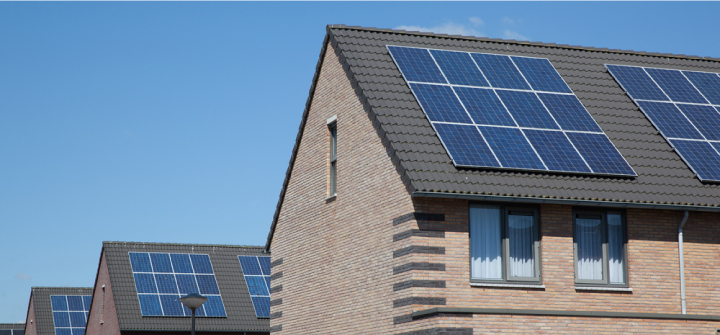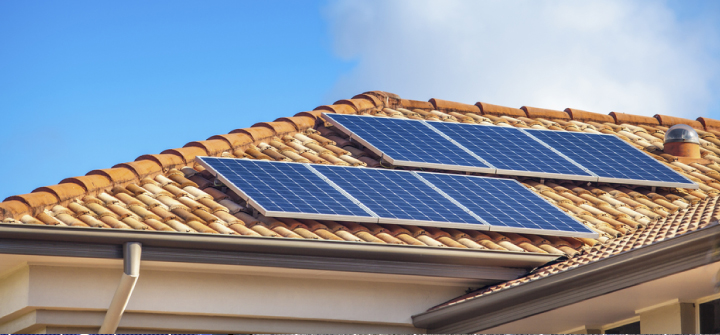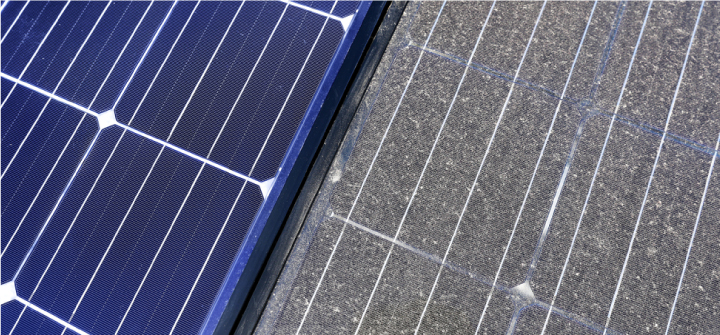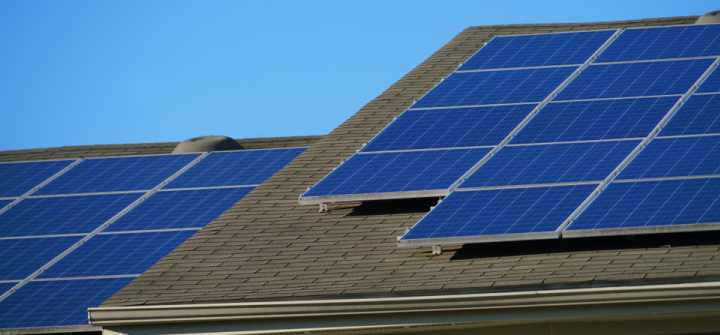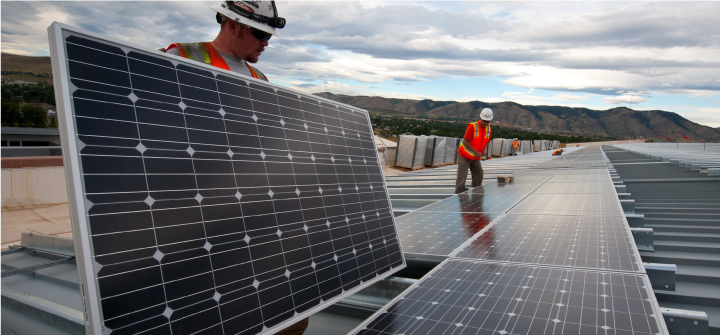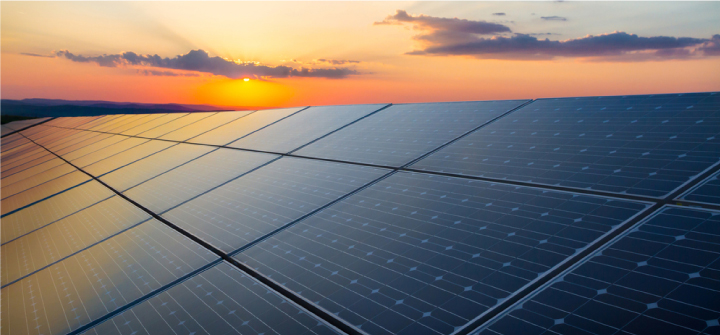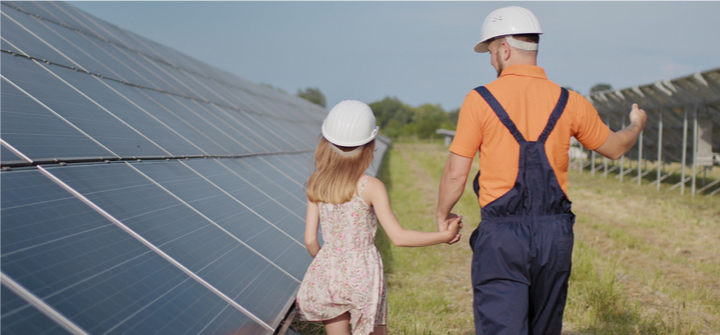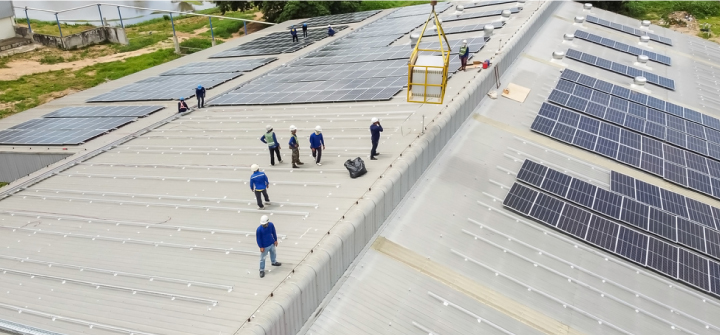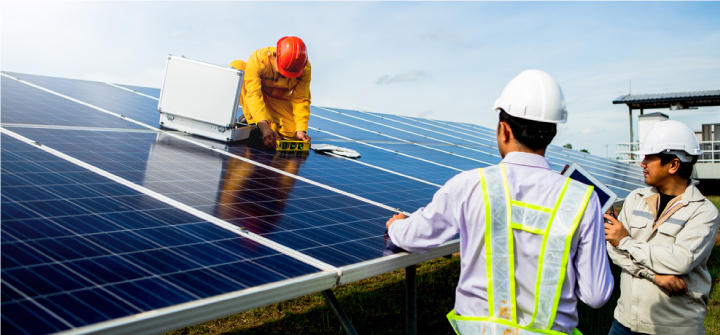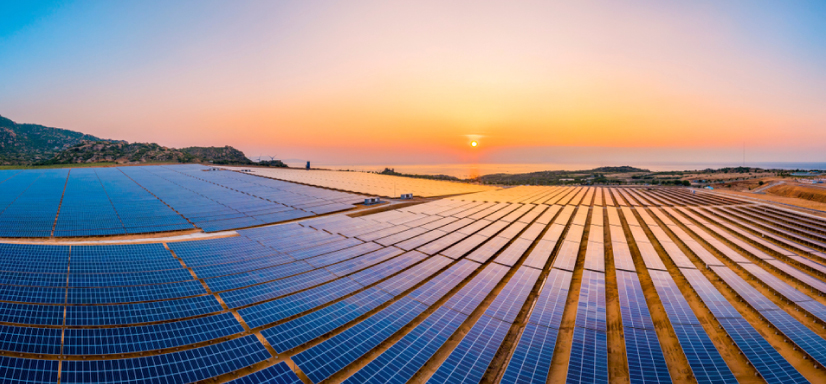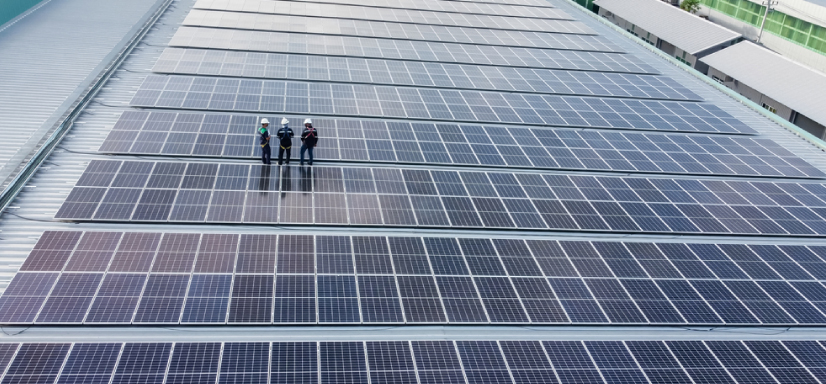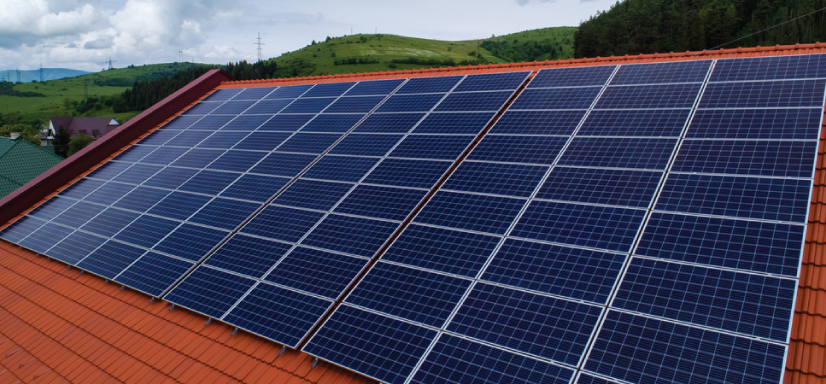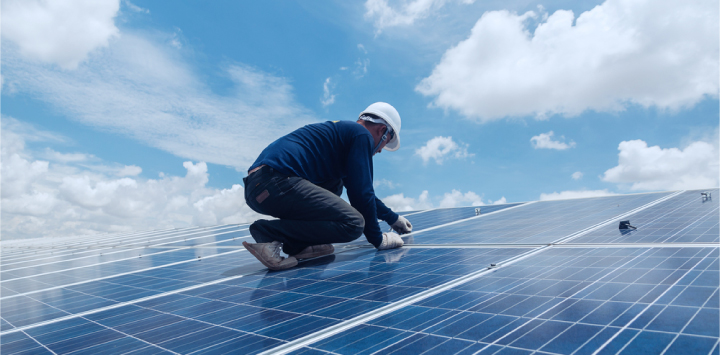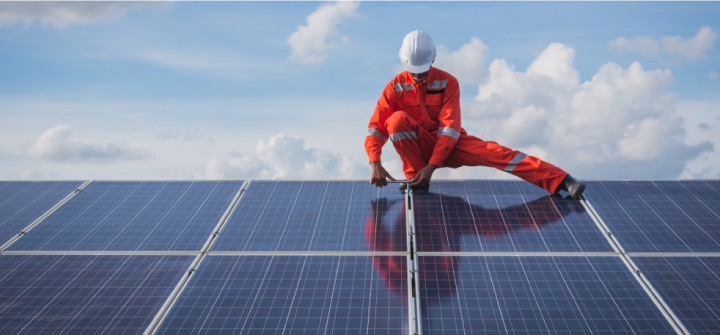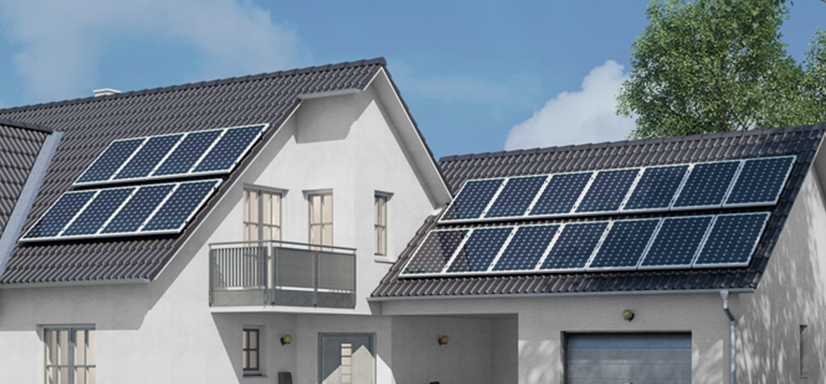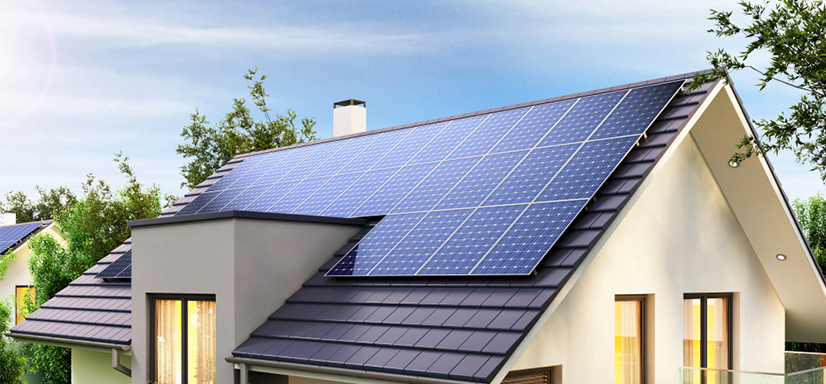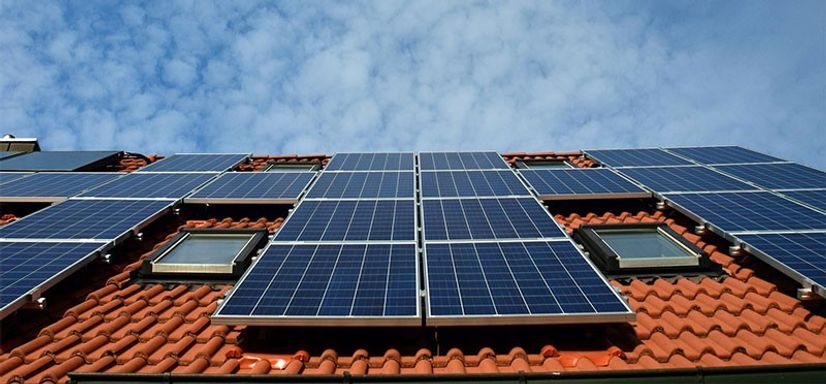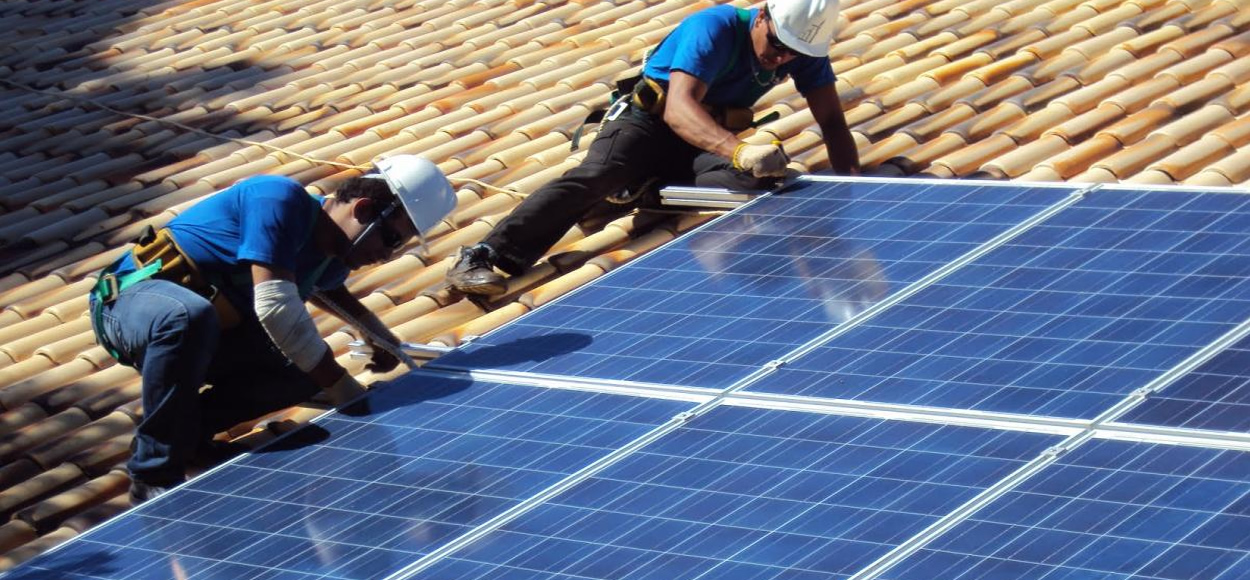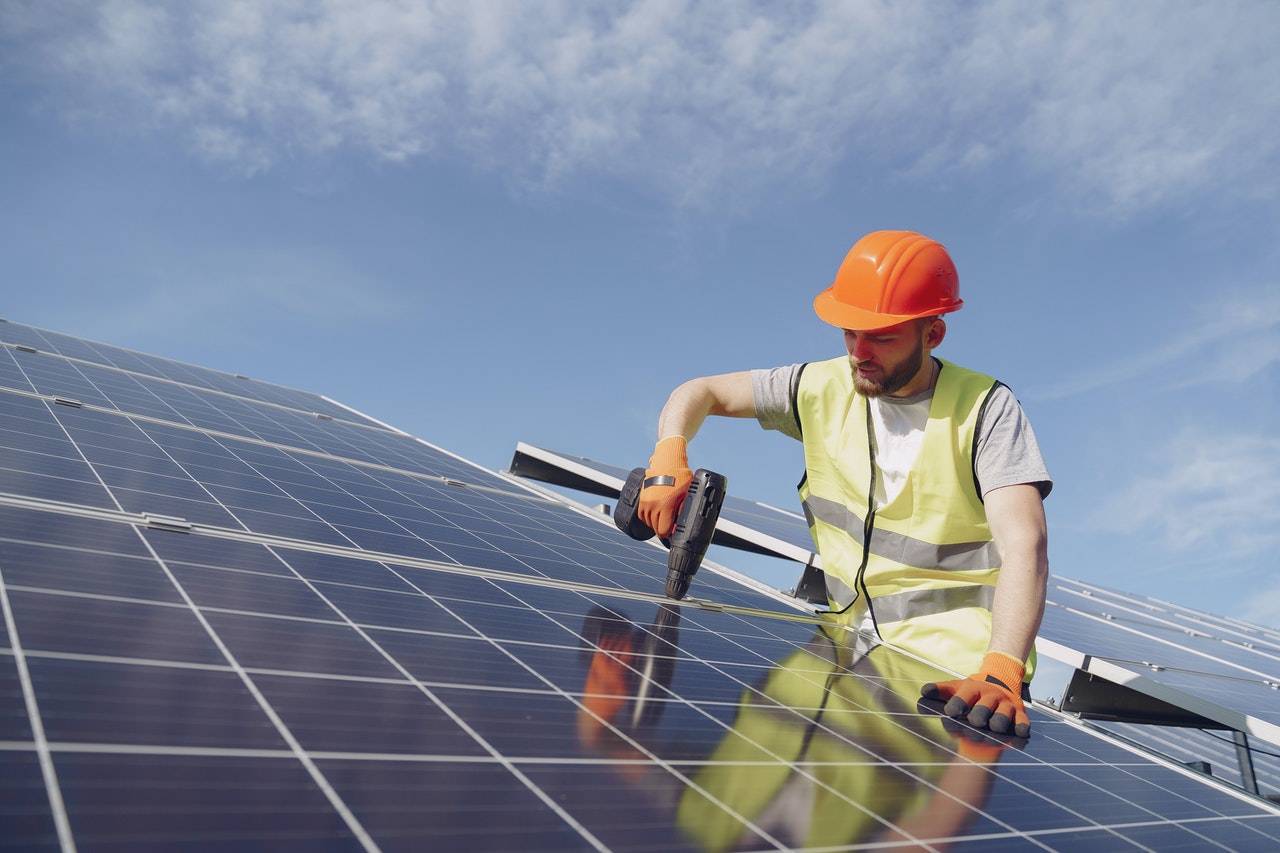
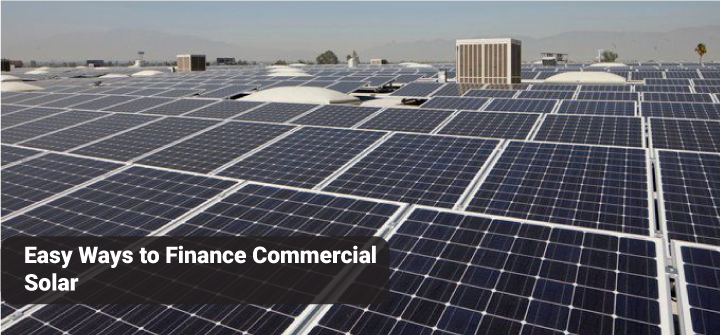
Easy Ways for Commercial Solar Financing
It's a widespread misperception that a commercial solar system has a high initial investment. For an appealing solar project, the loan payments will be less than the energy savings, allowing businesses to start with a positive cash flow result and no out-of-pocket expenses.
It's important to emphasize that none of this should be interpreted as financial advice; rather, it serves as an overview of the many financing possibilities for commercial solar power. Before making a choice, please speak with your accountant or tax counselor.
Options for Commercial Solar Financing
Purchasing a Solar System with Cash
Businesses typically have a limited amount of operating capital and a lot of initiatives to support. Even when investing in a solar project is the most financially advantageous, producing energy is frequently not thought of as a primary business activity. Paying for solar upfront will typically result in the highest overall return.
The Good
- Advantageous ownership of the system, free from future interest or payment obligations.
- Simple to comprehend, with no external financier.
- In the following business activity statement, GST on purchases is claimed.
- 5% annual tax depreciation for 20 years in accordance with ATO regulations
The Bad
- Allocating large capital expenditures to other business goals can be challenging.
- 3-6 years is the typical payback period; it takes until then for the solar project's cash flow to turn positive.
Commercial Solar Loans For Energy Efficiency
Millions have been committed by the Clean Energy Finance Corporation to assist Australia's major banks in providing subsidized "energy-efficiency" loans. These loans are offered by Australia's major banks and typically provide a 0.70% headline rate discount for investments in clean energy assets. It is advised to request a quote from a bank that provides CEFC-funded energy-efficiency loans so that you may contrast it with other available business funding choices.
The Good
- Ownership of the system.
- Keep working capital in check.
- In the following business activity statement, GST on purchases is claimed.
- Easily secured with a trading history of at least two years.
- Numerous providers equal a wide range of costs and products.
- The ability to increase payments to reduce interest charges.
The Bad
- Loss of existing electricity bill-related tax deductions
- Payments are not deductible from taxes.
- GST is included in payments depending on the full invoice price.
- Assets and borrowing are visible on the balance sheet, which lowers borrowing capability
Purchase Agreements for Solar Power
An organization can take advantage of lower electricity costs through power purchase agreements (PPAs) without needing to own a system. Instead, a PPA provider purchases and owns the solar system, selling the energy it generates directly to the company at a pre-determined price that is less expensive than electricity from the grid.
For PPA contract terms, there are currently no industry standards or particular laws in the solar business, so it is advised to seek counsel before making a purchase to guarantee you are receiving a good bargain.
The Good
- Since a third party owns the system, there are no upfront expenditures.
- Savings on energy costs right away after installation.
- Energy costs continue to be a business expense.
- Throughout the loan's length, the PPA provider is responsible for all operation and maintenance expenditures.
- PPA providers typically hold installers and goods to high standards in order to minimize risks and satisfy their investment committees.
The Bad
- No ownership during the PPA's duration
- Two distinct electricity invoices (one from the electricity retailer and one from the PPA provider).
- Long-term agreements may be challenging for companies renting space.
- Most often, businesses are expected to cover all of their energy costs, including weekends.
- If PPA rates will continue to be lower than electricity rates, long-term judgement must be made.
Solar Energy Operating Leases or "Rent to Own"
Operating leases are made to offer a fixed monthly payment, much like an energy-efficiency loan, but they also give the business the option to deduct payments. According to this article from compliance quarter, these leases will be handled as a "on balance sheet" loan following the implementation of new accounting standards (AASB 16).
In order to determine if the loan repayments are tax deductible for your company, we advise seeking account counsel.
The Good
- Payments are fixed for the duration of the contract.
- Repayments may be tax deductible, and GST on each payment may be claimed on a business activity statement.
- At the end of the lease period, ownership and free energy benefits are transferred.
The Bad
- No ownership until all obligations have been met.
- Most ownership transfers are expensive (around 3 months repayments)
- Not all solar installers are authorized to give customers this choice.
- As an asset and borrowings are now visible on the balance sheet, the borrowing capacity is reduced.
Conclusion
The ideal choice for financing a solar PV system, however, actually depends on the needs and objectives of the organization in question. In order to provide a commercial solar loans comparison, Solar system providers can separately model the effects of the various financing choices using consistent assumptions.
We urge you to contact us using the details provided below to discuss your needs in greater depth and to receive a free business case analysis and indicative price comparison.
